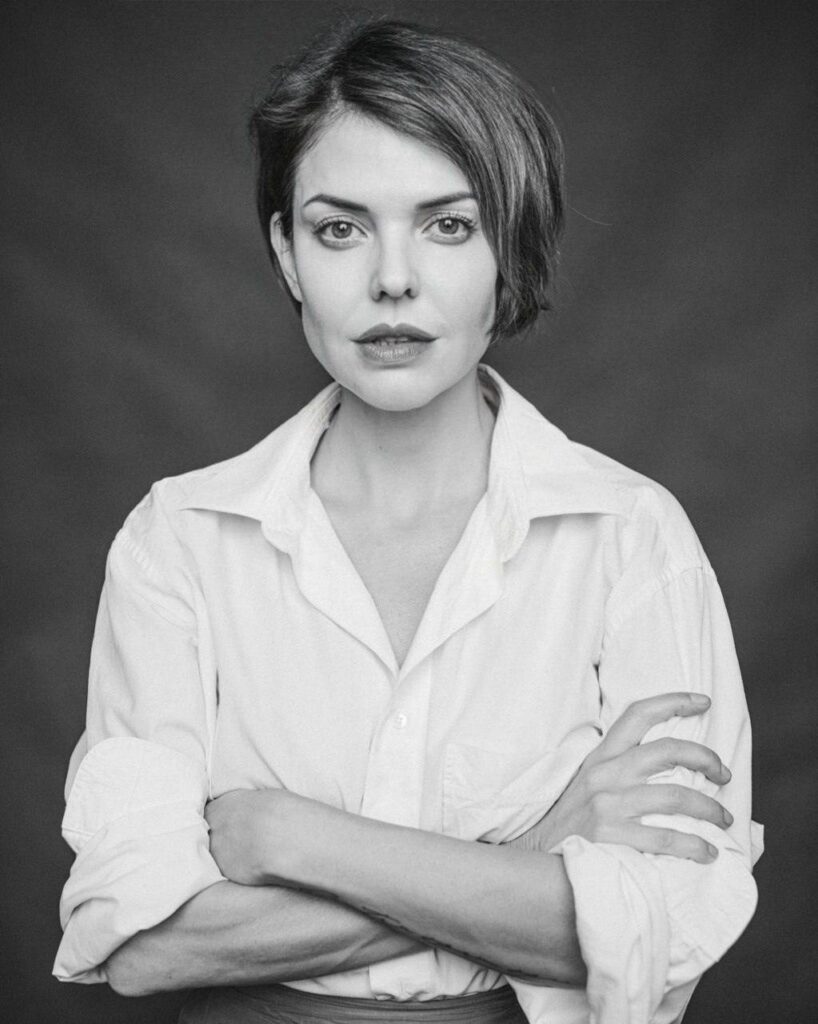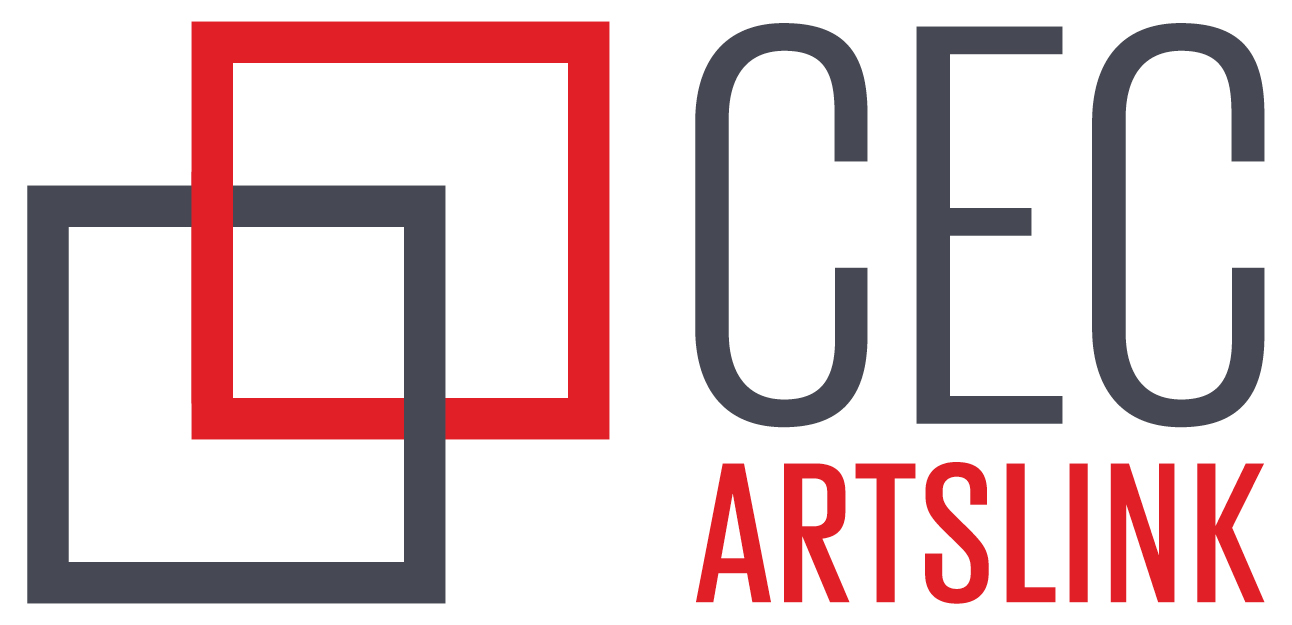Beyond Greener Grass – Meet curator and cultural leader Katya Taylor
On May 23-24, ArtsLink Assembly Beyond Greener Grass gathers key artists and cultural leaders in Ukraine and those displaced abroad together with international partner organizations and funding agencies at Jam Factory Art Center.
In this series of articles we are presenting some of the brilliant minds that are taking part in the gathering in Lviv.
Today we are in discussion with Katya Taylor from Ukraine. A CEC ArtsLink alumna, Katya is an influential figure in Ukraine’s cultural landscape.
Find the entire event program here with the list of all the speakers and people who will be on stage during the 2 day gathering.
A curator, cultural strategist, and public diplomacy advisor dedicated to advancing contemporary Ukrainian culture and identity on both national and international stages, Katya is the founder and CEO of Port of Culture, a cultural development agency and NGO based in Kyiv. Established in 2015, the organization initially operated as a local hub but has since expanded its reach, executing cultural projects across various locations.

In addition to her work with Port of Culture, Katya also serves as an advisor to the Minister at the Ministry of Foreign Affairs of Ukraine on Public Diplomacy. Her role involves shaping cultural narratives and promoting Ukraine’s cultural diplomacy efforts globally.
Through her work, Katya is advocating for the power of art and culture in forging national identity and fostering international dialogue. She has curated several significant cultural events and initiatives, including:
- HeForShe Arts Week Kyiv (2018 & 2019): A UN Women initiative promoting gender equality through art.
- Women in Arts Award: An award recognizing the achievements of women in the Ukrainian art scene.
- Language Exercises: An exhibition in Baku exploring decolonization and the role of language in cultural identity.
Katya is also the author of the book “Turnkey Art: Management and Marketing of Culture”, which serves as a resource for cultural managers and artists navigating the complexities of the art world.
CEC: Why do you think a gathering like this is especially important right now?
KT: Meetings of artists, curators, institutions, and other art ecosystem participants are always important. Everyone constantly creates, generates ideas, and implements projects, and without interaction, the field remains fragmented, uneven, and unstable. This interaction not only improves understanding across circles but also helps unite efforts around common themes: often, people work on similar ideas and could amplify their voices by coming together.
Also, this gathering could form (and often does) a “one voice” of culture—a single message capable of driving environmental change, building capacity, fostering community, and even influencing legislation. When our voice represents a broader group’s interests, it becomes far more persuasive to external stakeholders.
Finally, “right now” is already the fourth year of [the full-scale invasion], when our society and international partners are tired of the Ukrainian narrative. That’s why we need a coordinated cultural strategy more than ever: to define what is priority and valuable, we must hear each other, understand how to support and strengthen specific ideas and projects. Without coordinated work by artists, curators and institutions, the dialogue remains fragmented and its impact limited.
CEC: How does your work seek to address today’s geopolitical context?
KT: During the first two years of the full-scale invasion (2022-2024), I was actively involved in international projects (The Captured House, Sound of Freedom, The Wall, War Diaries) that mostly focused on cultural and public diplomacy. It was a deliberate choice, because we (Port of Culture team) understood that the world needed to learn about Ukrainian culture and together with others, we tried to make it happen. This amplified Ukraine’s voice in the polyphony of global narratives and was crucial for remaining present in the news.
Over the past two years (2023-2005), I’ve devoted my work primarily to Ukraine. After those two years of projects in Europe and Africa, I returned to Ukraine to work with local communities and support Ukrainian artists. Within our foundation’s Artist Support Ukraine programme we awarded over 100 micro-grants, realized more than 40 exhibitions and projects that brought Ukrainian artists into collaborative laboratories and special initiatives, giving them room to develop and receive financial backing.
We organized a series of educational and cultural events across the regions—including frontline territories—for both institutions and the public.
We see our mission as clearly articulating what Ukrainian culture and art are today. We provide cultural and educational events (often for free) so that people are not merely spectators of exhibitions but feel themselves part of Ukrainian culture and identify with it. So each of us can become an agent—and an ambassador—of Ukrainian culture.
CEC: What conversations and project ideas are you hoping to spark (or continue) from this Assembly?
KT: I often come to Lviv for various art events, and we always talk about how to bring to Kyiv what’s already happening there. Lviv has truly become Ukraine’s cultural capital, showing that culture can flourish at an incredible pace when there’s security, political will, and a real understanding of its value. That example gave us hope and proved that systematic, strategic development is possible.
What I’d like to explore further is how to build similar professional communities and dynamic cultural environments in other Ukrainian cities—even within a wartime context. In Kharkiv we see a spontaneous, grassroots kind of growth driven by horizontal networks, while Zaporizhzhia demonstrates what dedicated municipal support can achieve. These two very different cases could serve as models for comprehensive cultural strategies elsewhere. We can learn from those cases, we can exchange ideas and build stronger, sustainable programmes together.
Above all, this assembly is a fantastic opportunity to pause, meet colleagues, and exchange ideas and news. In my day-to-day work I simply can’t keep up with every project or event in other cities, so here I finally get to give proper attention to what our peers are doing.
Many thanks to Katya for taking the time and taking part in the Beyond Greener Grass Assembly!
23–24 MAY 2025 | ArtsLink Assembly: Beyond Greener Grass
📍 Jam Factory Art Center, Lviv, Ukraine



